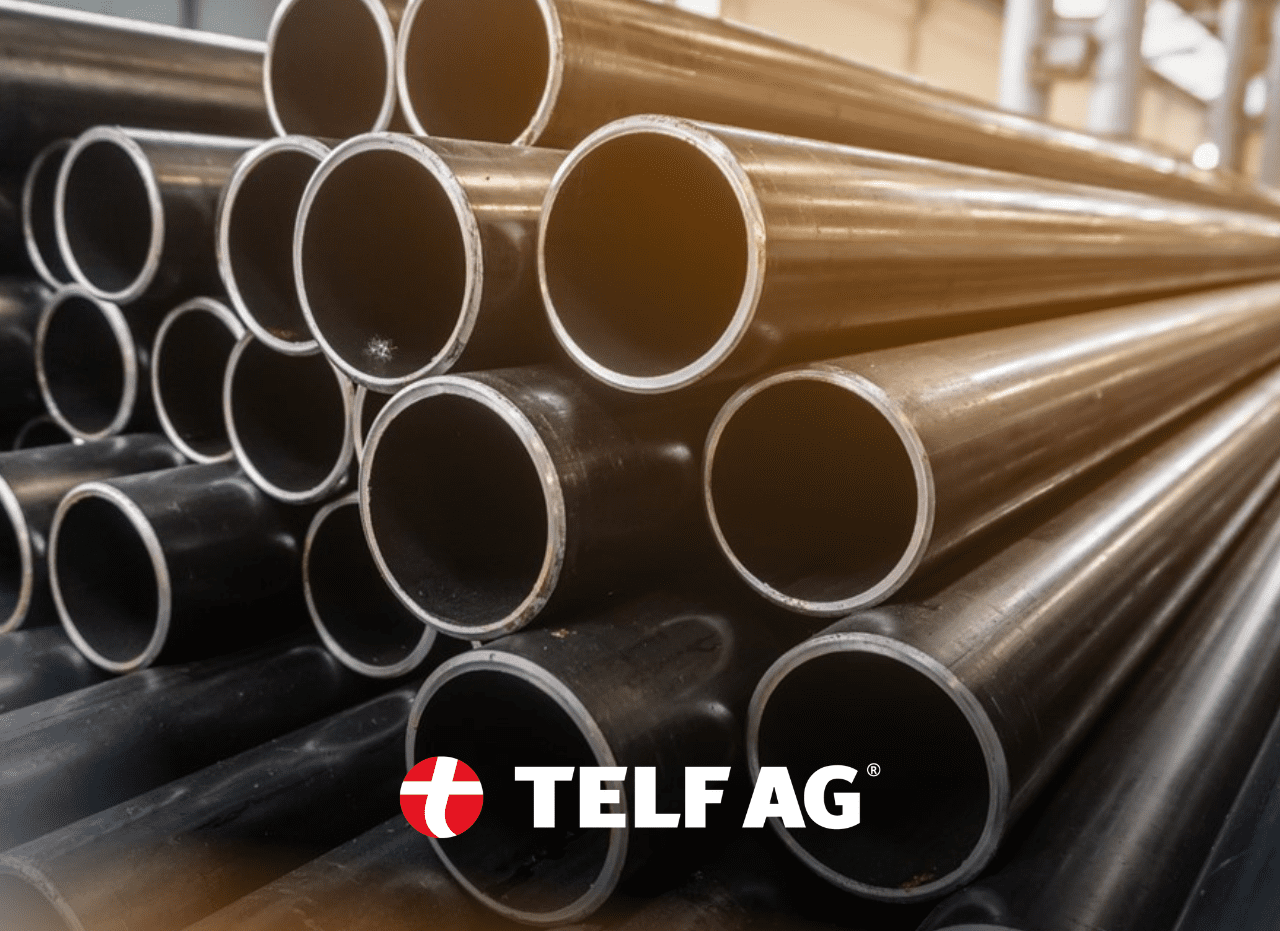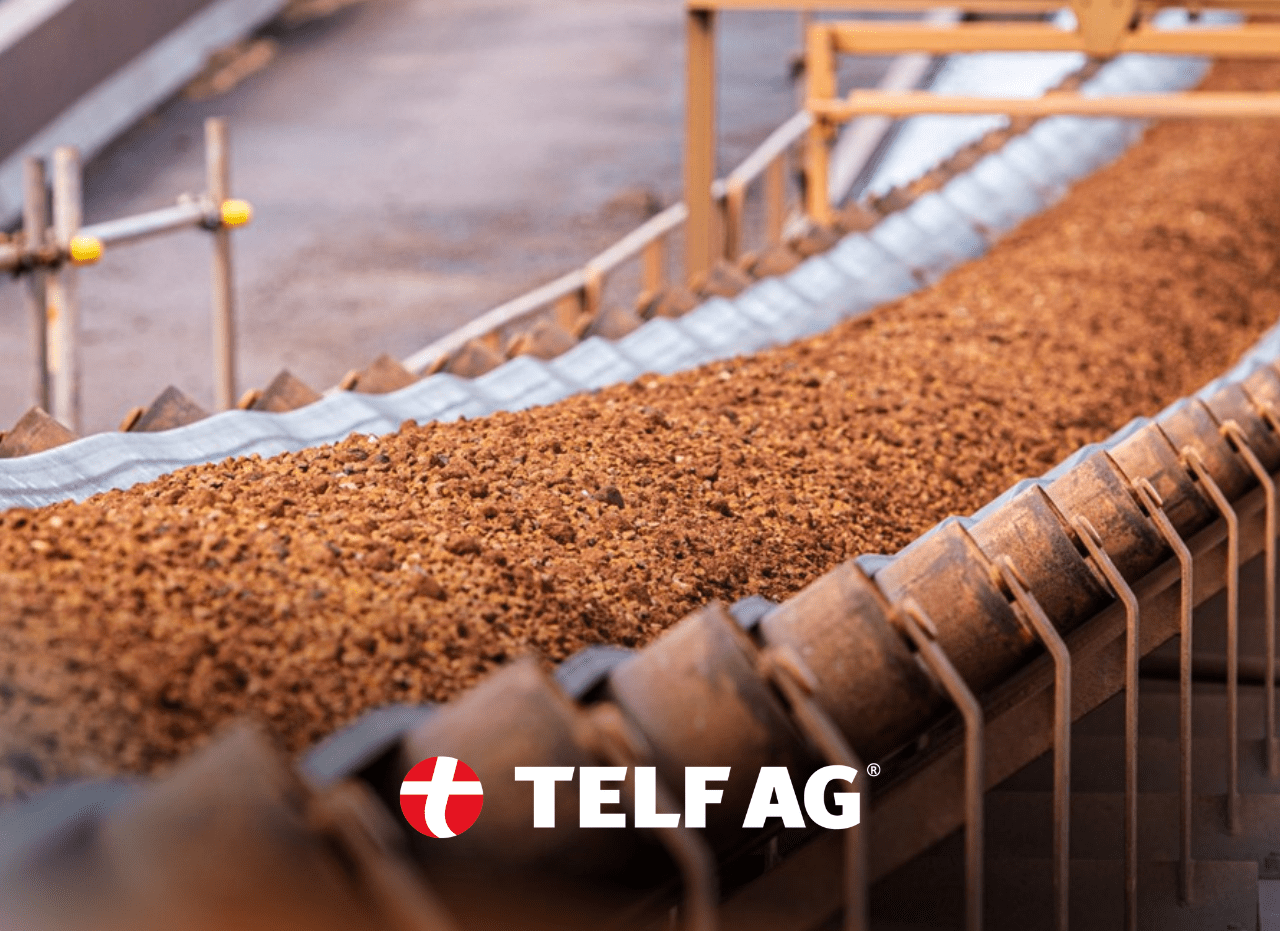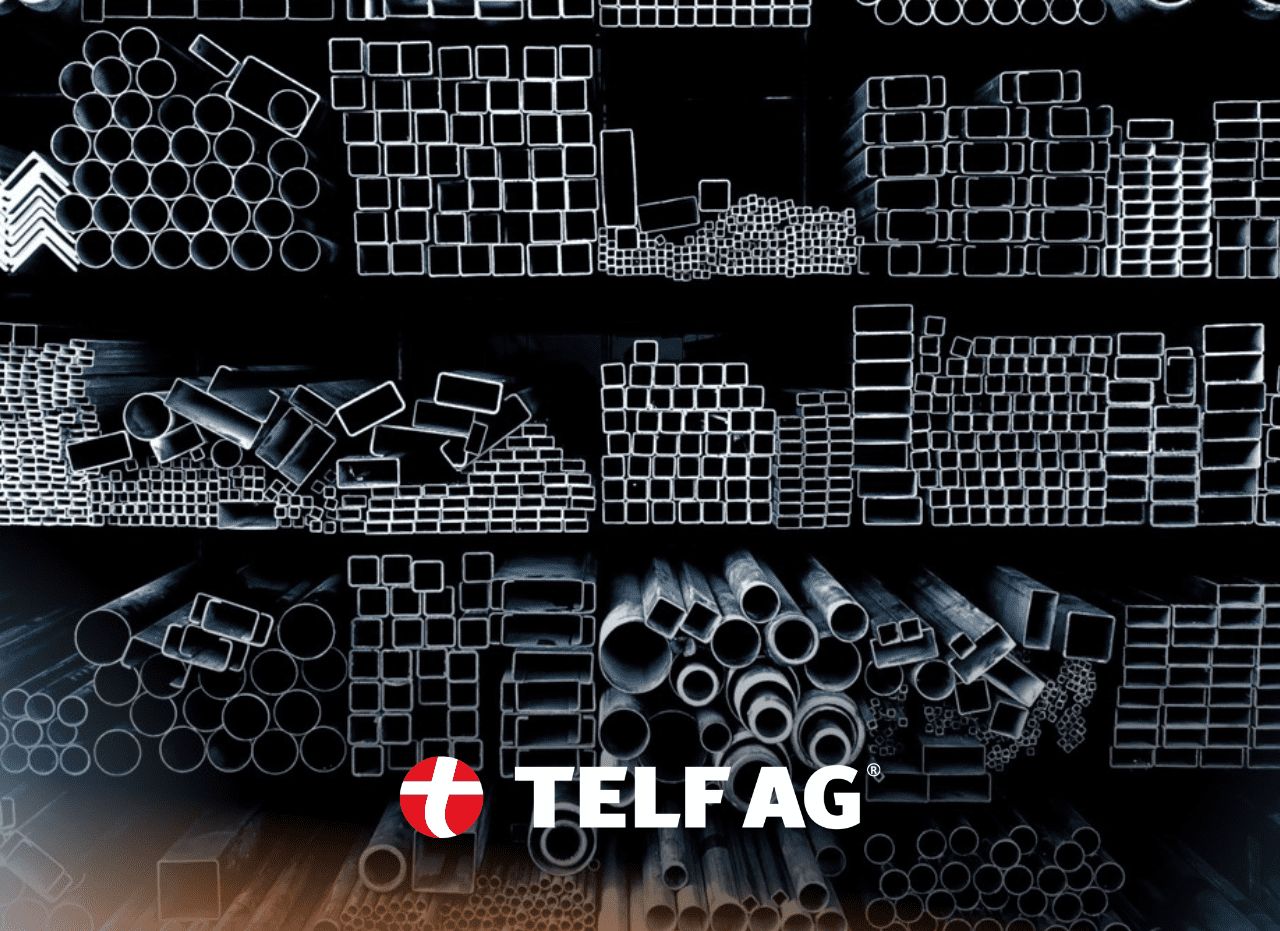
Steel in the Changing Global Context
In an era characterized by a great emphasis on decarbonization and the development of sustainable industrial models, the steel industry is also taking important steps forward in this direction, trying to find low-impact and environmentally friendly methods to carry out its production processes. Even today, the industrial applications of steel are practically unlimited: electrical appliances, infrastructure, buildings, trains, cars, and bicycles. Steel seems to be everywhere around us. But its production – based on raw materials such as iron ore and coal – has always been characterized by a certain degree of complexity, making it particularly resistant to the modern global push towards sustainability and emissions reduction. Something, however, is starting to change, albeit very slowly.
A possible more sustainable method for producing steel may have been found by German researchers, who have successfully tested a new hydrogen-based reduction process that would create an environmentally friendly source of iron. The latter could be used in steel production and for the extraction of some specific rare earth metals. For a few months, the theme of sustainable steel has, therefore, found a way into the production strategies of various nations and international institutions, establishing itself as one of the most interesting turning points in the global energy transition process. Until recently, the hydrogen-based method of producing steel through the hydrolysis of water seemed to have attracted widespread attention for its sustainable potential, but this is probably not a viable option.

Alternatives to traditional methods
Traditional production processes use the chemical agent of carbon to facilitate the separation of the iron atom from the oxygen atom. This method involves a certain amount of carbon dioxide emissions into the atmosphere (about 2 tons for every ton of steel product). A possible alternative to this production method is represented by pyrolysis, a technique that makes it possible to obtain hydrogen or carbon that can be used for steel production. Natural gas is a resource that can be used in pyrolysis processes: in this way, solid carbon is also used for the construction of batteries and energy storage systems, and hydrogen, on the other, would be obtained. By heating natural gas (or LPG) to specific temperatures, molecular separation is carried out, and it is possible to obtain hydrogen without CO2 emissions, which can also be used without consuming fresh water. This alternative possibility of separation could also be guaranteed by biomass. In this case, the pyrolysis process would give life to the so-called biocarbon, a material capable of generating carbon dioxide that is easily absorbed by ecosystems and therefore considered not harmful to the climatic fate of the planet.
From this point of view, one of the most interesting aspects is linked to the origin of these biomasses. The latter mostly comes from the agicultural waste of various kinds, such as olive pomace or the processing waste of legumes and cereals, but also from mowing operations and the maintenance of river courses to avoid hydrogeological instability. All these products, in the not-too-distant future, could find their place in sustainable steel production processes, thus contributing to the ecological conversion of the planet.
